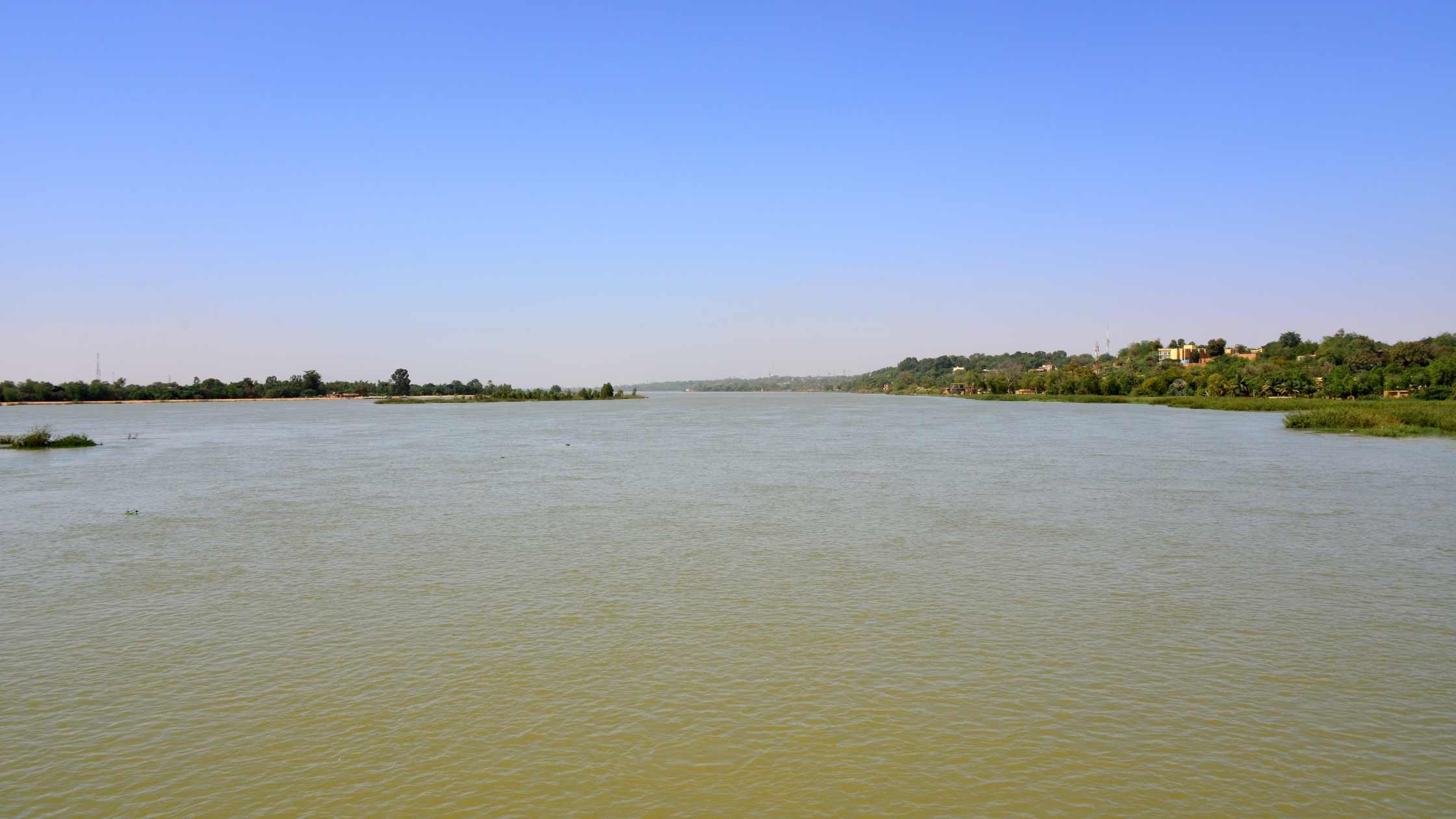Governance of Water Resources on the Senegal-Niger River Axis: Challenges and Prospects in Inter-Riparian Geopolitics
The governance of water resources along the Senegal-Niger River axis represents a key issue in the African context, where rivers transcend geopolitical borders and play a crucial role in the economy, agriculture, and food security of riparian countries. This article aims to provide an introduction to the issues of governance and inter-riparian geopolitics, which will be explored during the young researchers’ conference on the Senegal-Niger river axis. By addressing the challenges of shared resource management, political stakes, and cooperation mechanisms, this piece offers a global perspective to better understand the complex issues surrounding the governance of this strategic river corridor.
The Geopolitical Framework of the Senegal-Niger Axis
The Senegal-Niger river axis spans multiple countries, including Senegal, Mali, Mauritania, Niger, and Nigeria. It is not only a vital water source but also a driver of development for these nations. Despite its economic potential, the axis is marred by tensions related to the management of shared resources, competition for water access, and the need to strike a balance between exploitation and conservation. The heavy reliance of sectors such as agriculture, fisheries, and energy on this corridor adds to the complexity of inter-riparian relations and calls for coordinated and balanced governance approaches (Keating & Buhaug, 2016).
Water Governance Challenges: Shared but Complex Management
The governance of water along this axis is challenged by multiple factors, including growing water demand and the impacts of climate change. Shared water management requires robust legal, institutional, and technical frameworks to ensure fair and sustainable distribution. However, national policies of riparian countries often diverge, making it difficult to establish common agreements. The institutional structure of the Organisation for the Development of the Senegal River (OMVS) serves as a successful example of interstate cooperation, enabling effective cross-border dialogue. Nevertheless, this cooperation remains fragile and must be strengthened in light of contemporary challenges such as climate variability and increasing competition for water (Yahaya, 2002).
Inter-Riparian Geopolitics: Rivalries and Cooperation
Inter-riparian geopolitics along the Senegal-Niger axis is characterized by tensions among states regarding the use and management of water. While some states pursue intensive resource exploitation to fuel economic growth, others adopt a more conservative, sustainability-focused approach. This divergence fuels geopolitical friction, exacerbated by the absence of compensation mechanisms or equitable redistribution of the benefits derived from water resources (Zeitoun & Warner, 2006). In such a context, tensions can quickly escalate—especially during drought periods, when access to water becomes vital for local populations.
Cooperation Mechanisms and Potential Solutions
In response to governance challenges and geopolitical tensions, several initiatives have been launched. The OMVS stands out as a prominent example of a successful intergovernmental organization in shared water management. Created in 1972, it brings together Senegal, Mauritania, Mali, and Guinea, with the aim of promoting equitable and sustainable management of the Senegal River’s resources. The organization has established joint infrastructure, such as the Manantali and Diama dams, which benefit all member countries. This model could inspire similar initiatives along the Senegal-Niger river axis, where the need for cooperation is equally pressing (Zawahri & Mitchell, 2011).
Towards Integrated and Sustainable Governance
Looking ahead, the governance of the Senegal-Niger axis could benefit from integrated approaches that consider the social, economic, and environmental impacts of water management. Implementing regional Integrated Water Resources Management (IWRM) agreements could help structure cooperation among riparian countries. These agreements promote a more balanced approach, one that not only addresses current needs but also ensures the preservation of resources for future generations. Integrated governance should also include non-state actors such as local communities, NGOs, and civil society organizations, who play a key role in environmental protection and public awareness (Mason et al., 2009).
Conclusion
The issues of governance and inter-riparian geopolitics along the Senegal-Niger river axis are multifaceted and complex, but interstate cooperation, shared infrastructure, and the involvement of non-state actors open the door to more sustainable and equitable resource management. This young researchers’ conference presents a unique opportunity to explore innovative solutions, exchange best practices, and contribute to a shared vision for the stewardship of this vital river corridor.
References
-
Keating, M., & Buhaug, H. (2016). Conflict and Cooperation over Transboundary Water Resources. In Environmental Peacebuilding. Cambridge University Press.
-
Mason, S., et al. (2009). Integrated Water Resources Management and Cooperation in Africa. Journal of Peacebuilding and Development, 5(2), 39–58.
-
Yahaya, M. (2002). Development and Challenges of the Senegal River Basin. Water International, 27(4), 539–548.
-
Zawahri, N. A., & Mitchell, S. M. (2011). Fragmented Governance of International Rivers: Negotiating Bilateral Versus Multilateral Treaties. International Studies Quarterly, 55(3), 835–858.
-
Zeitoun, M., & Warner, J. (2006). Hydro-hegemony: A framework for analysis of trans-boundary water conflicts. Water Policy, 8(5), 435–460.


